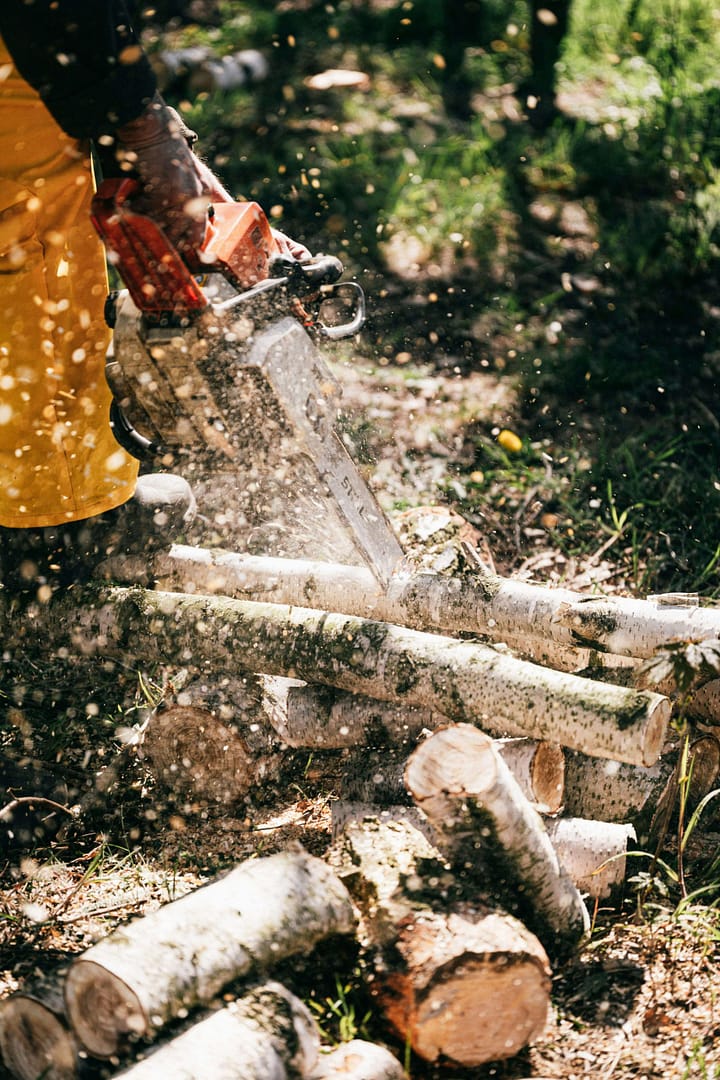A true safety culture goes beyond mere compliance with regulations. It’s about fostering an environment where safety is a core value, embedded into every aspect of an organisation’s operations. In the UK, this is not just a moral imperative; it’s a legal requirement under the Health and Safety at Work etc. Act 1974.
1. The Importance of a Strong Safety Culture
A strong safety culture is not just about avoiding accidents and injuries; it’s about creating a workplace where employees feel valued and empowered to take ownership of their safety and the safety of others. A positive safety culture has been linked to improved productivity, morale, and employee retention. In the UK, the Health and Safety Executive (HSE) has consistently emphasized the importance of a positive safety culture in reducing workplace accidents and injuries.
2. The Elements of a True Safety Culture
Building a true safety culture requires a multi-faceted approach. It starts with leadership commitment, clear safety policies and procedures, effective communication, ongoing training, and a willingness to learn from mistakes. It’s important to involve employees at all levels in the safety process, encouraging them to report hazards and near misses without fear of reprisal.
3. Leadership Commitment and Employee Engagement
Leadership commitment is critical to fostering a safety culture. Leaders must set the tone by demonstrating a genuine commitment to safety, providing adequate resources for safety initiatives, and holding themselves and others accountable for safety performance. Employee engagement is equally important. Employees must feel empowered to speak up about safety concerns without fear of reprisal. This requires creating an environment of trust and open communication.
4. Risk Assessment and Hazard Identification
A proactive approach to safety involves identifying and assessing risks before they lead to accidents. Regular risk assessments, hazard identification, and incident investigations are essential tools for identifying potential hazards and implementing preventive measures. In the UK, the HSE provides guidance on risk assessment and hazard identification, emphasizing the importance of involving employees in the process.
5. Ongoing Training and Continuous Improvement
Safety is an ongoing process. It requires continuous learning and adaptation to changing circumstances. Regular safety training, refresher courses, and toolbox talks are essential for keeping employees up-to-date on safety procedures and best practices. A culture of continuous improvement involves learning from mistakes, near misses, and incidents to identify areas for improvement and implement corrective actions.
6. Communication and Collaboration
Effective communication is key to fostering a safety culture. This involves clear communication of safety policies and procedures, regular safety meetings, and open channels for reporting hazards and near misses. Collaboration between management and employees is essential for identifying and addressing safety concerns. In the UK, the HSE emphasises the importance of effective communication and collaboration in creating a positive safety culture.
Making a Workplace Injury Claim with National Claims
At National Claims, we understand the devastating impact a workplace injury can have on your life and well-being. If you’ve suffered an injury due to unsafe working conditions or your employer’s negligence, we’re here to help you seek the justice and compensation you deserve.
Free Consultation
We know that every workplace injury case is unique, and we’re here to offer you a free, no-obligation consultation to discuss your specific situation. During this consultation, we’ll listen carefully to your experience, assess the circumstances surrounding your injury, and evaluate the potential strength of your claim. Our team will then connect you with a qualified solicitor from our panel who specialises in workplace injury claims, ensuring you receive the expert legal assistance needed to pursue your case effectively.
No Win, No Fee
We understand the financial strain that an injury can cause, so we operate on a no-win, no-fee basis. This means you won’t have to pay any legal fees unless your claim is successful. We’re committed to helping you get the compensation you deserve without adding to your financial burden.
*Customers pay up to 25% (incl. VAT) of the amount recovered towards solicitor costs and if you cancel outside your cooling off period, you may be charged a fee.
Contact us today to speak to one of our claims agents who will be able to help you get started on your claim.
Click below to see why we are one of the most trusted claims management companies in the UK.

We’re proud of our excellent customer reviews
We thrive on delivering exceptional service and ensuring our clients’ satisfaction. Don’t just take our word for it. Check out some of our independent reviews to see what our clients have to say.
Excellent

This firm is excellent, they sorted out my car pay out and injury claim very fast, they always communicate with you all the time.

My accident case was dealt with confidence and with great result of the outcome, especially James kept me informed all the time.

I was very impressed at the way my inquiry was treated. I was listened to attentively and everything I needed to know was explained to me.






